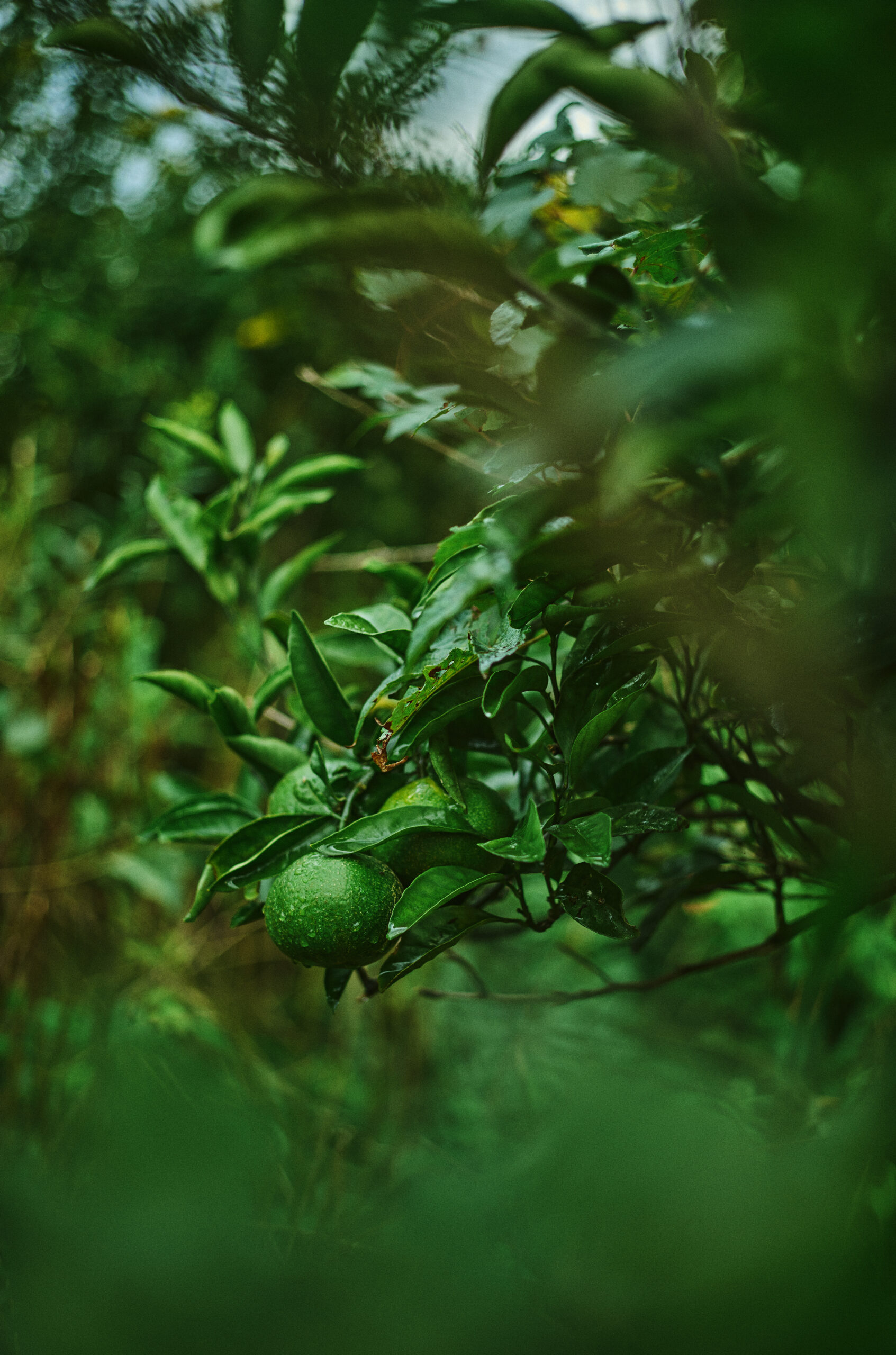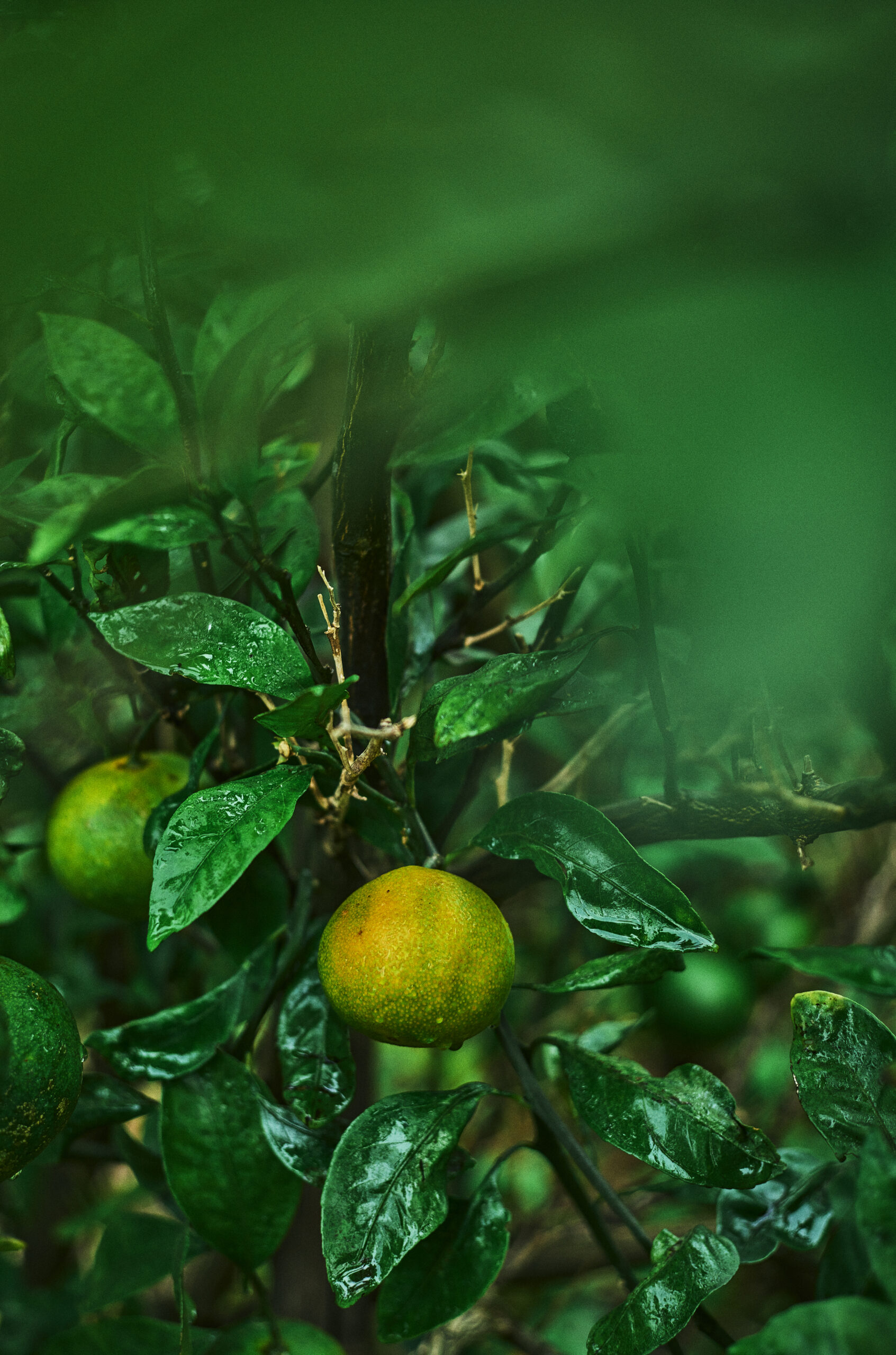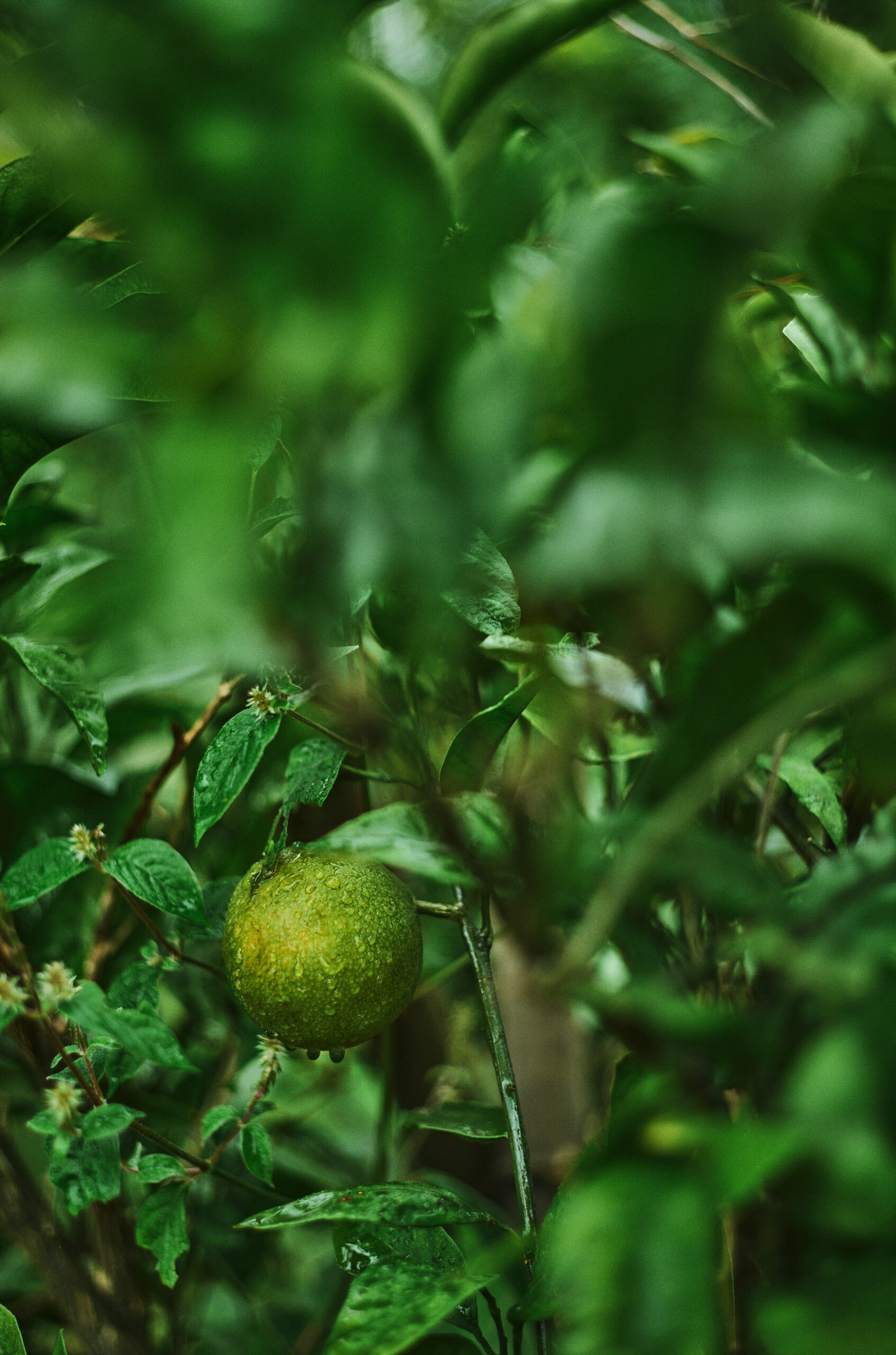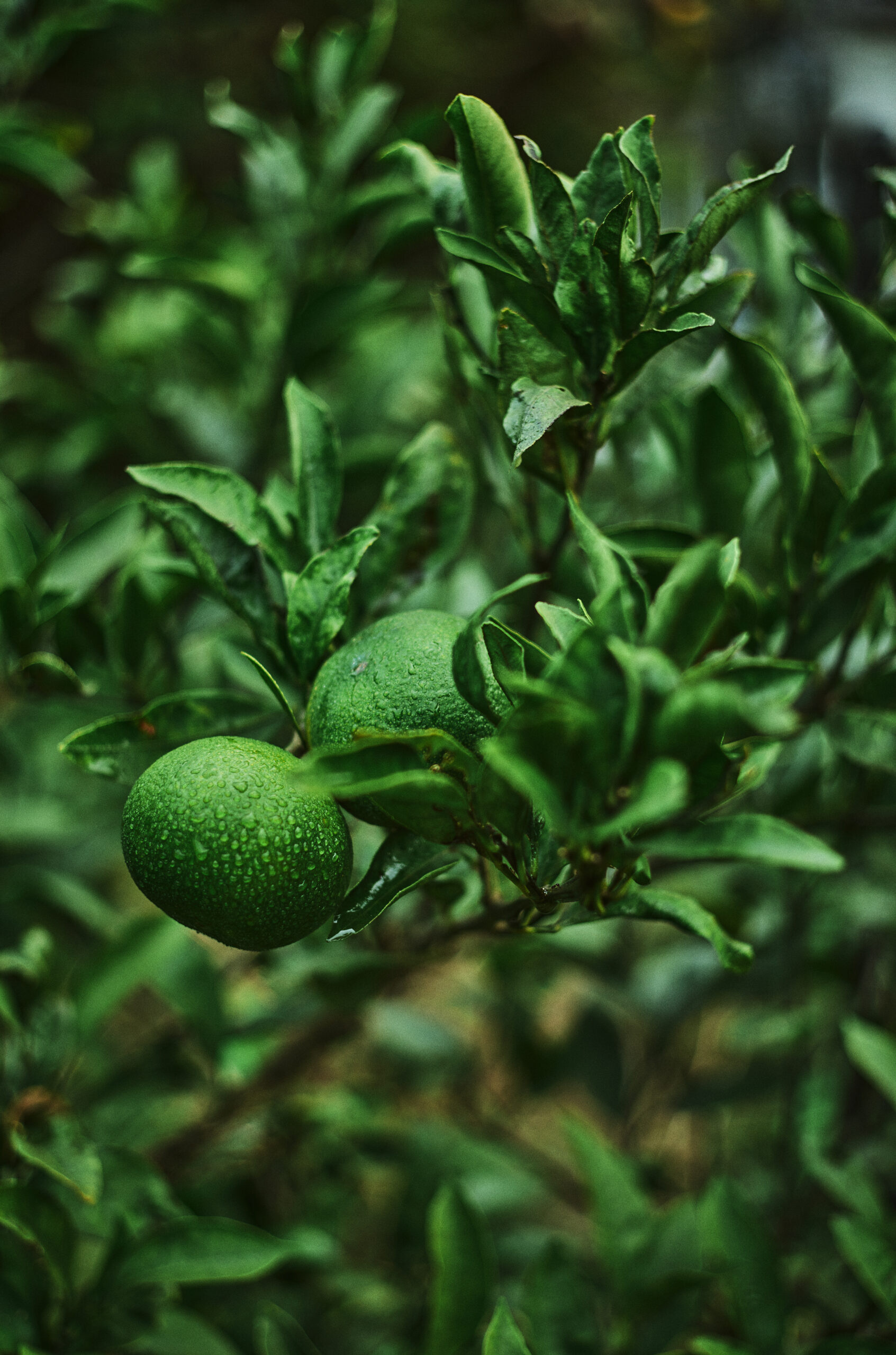KAWASHIMA TAKASHI
Mandarin Orange and No.lV
info
back
close
back
KAWASHIMA TAKASHI
Mandarin Orange and No.lV
In The Tangerine (Mikan), a story by Ryunosuke Akutagawa set in Yokosuka, almost the entire narrative unfolds in monotone: a dim train car, a tunnel, news printed in a newspaper, a poor-looking girl, and smoke drifting inside from the train. Then, suddenly, the color of a tangerine appears. Its color, shape, and scent rise vividly from the page, instantly transforming our imagination into something colorful and alive.
In contrast, in another Akutagawa piece set in Yokosuka, A Brief Scene of Yokosuka (Yokosuka Shōkei), there’s a vignette titled Five-Minute Photo. In it, a photo is casually taken with a friend using an instant photo booth, and the resulting photo displays the Roman numeral “IV.” While the machine itself symbolizes the advanced technology of Yokosuka at the time, and the blending of Western and Eastern cultures, the emergence of this single, flawed photo gives us a subtle sense of reaching a dead end—something difficult to express.
The Tangerine and No. IV reflects on Akutagawa’s use of metaphor, contrast, and vivid color through images set in a small, dim tunnel. The work combines photographs of a tangerine tree planted by Akutagawa’s family with images created using the same technique as the “five-minute photo” booth, inviting viewers to consider how these literary devices are visually echoed.
profile
KAWASHIMA TAKASHI
Photographer, born 1985 in Miyagi, Japan; graduated from the Department of Photography, Faculty of Fine Arts, Tokyo Polytechnic University in 2008 and completed the Master’s course in Media Art, Photography Area, Graduate School of Arts, Tokyo Polytechnic University in 2011; based in Amsterdam, the Netherlands, from 2016 to 2018, returning to Japan in 2018. She works as a photographer, commercial photographer and university teacher. She is an assistant professor at the Department of Photography, Faculty of Arts, Tokyo Polytechnic University. His main theme is ‘stories of absence’, starting from natural phenomena and memories of the land. He develops large-scale installations using a variety of media, including photographic film and video materials taken by himself, found photographs, image synthesis using automatic computation, three-dimensional works and texts quoted from literary works, and utilises space. He has held numerous exhibitions and won awards.



